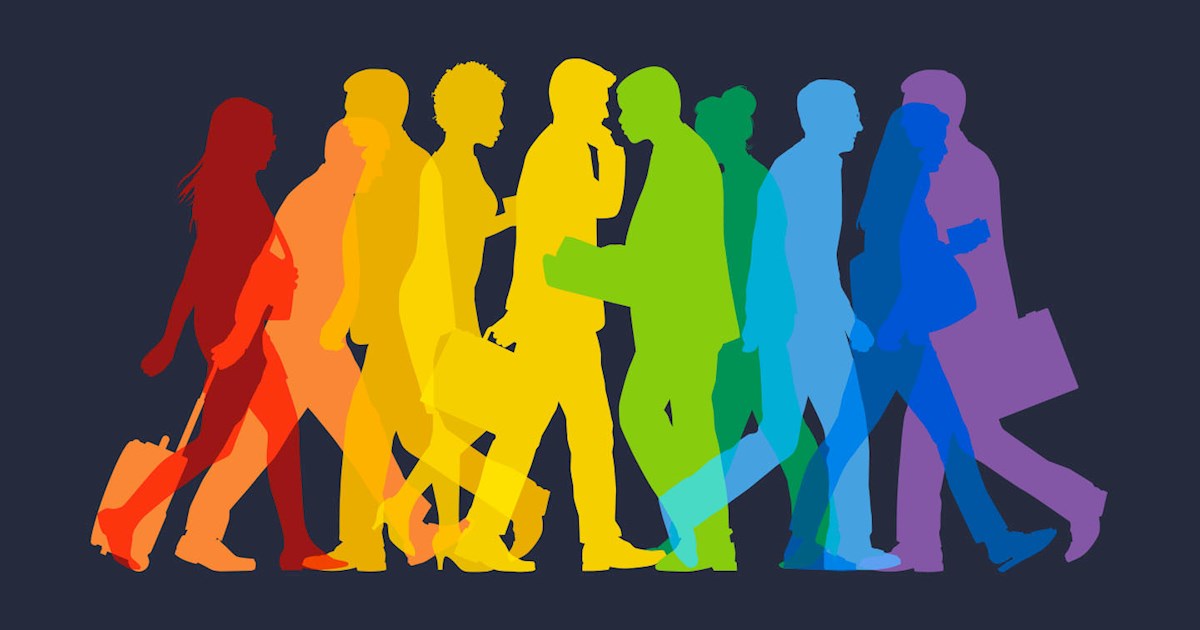The terms lesbian, gay, bisexual, transgender, and questioning (LGBTQ) describe distinct groups within the gay culture. The early initiatives for people who were gay focused mostly on men. So, in an attempt to draw attention to issues specific to gay women, “lesbian” is often listed first.
People who are bisexual or transgender have been traditionally left out of, or underrepresented in, research studies and health initiatives. It is now considered standard to include these two groups along with gay men and lesbians.
What is sexual orientation?
According to researchers Susan Cochran and Vickie Mays, sexual orientation includes the following dimensions:
sexual attraction
sexual behavior
sexual fantasies
emotional, social, and lifestyle preferences
self-identification.
Definition of Terms
The term “gay” has traditionally been used to represent a diverse group or people who are attracted to people of the same gender or are in a relationship with someone of the same gender. It is important to recognize, however, that different groups within the gay community exist, and that the term “gay” is not all-inclusive. For example, transsexuals and some people who are bisexual do not consider themselves to be gay. Also, research has found that men who have had relationships with other men do not always identify themselves as gay. There is also a tremendous ethnic diversity among our lesbian, gay, and bisexual communities, and this contributes to the different perceptions of the term “gay.”
Heterosexual, or straight, refers to people whose sexual and romantic feelings are mostly for the opposite gender: Men who are attracted to women, and women who are attracted to men.
Homosexual, or gay, refers to people whose sexual and romantic feelings are mostly for the same gender: Men who are attracted to men, and women who are attracted to women.
Lesbian refers to women who are homosexual.
Bisexual or “bi” refers to people whose sexual and romantic feelings are for both genders.
Transgender is an umbrella term that encompasses a diversity of gender expression including drag queens and kings, bi-genders, crossdressers, transgenderists, and transsexuals.
Transvestites are people who like to dress like members of the opposite sex.
Transsexuals are people who feel that their anatomical sex does not match the gender with which they identify.
Bigender refers to people who define themselves as having the behavioral, cultural or psychological characteristics associated with both the male and female genders.
Transgenderist describes someone who is gender variant or transgresses gender norms as part of their lifestyle or identity.
Source: SAMHSA’s National Clearinghouse for Alcohol and Drug Information












